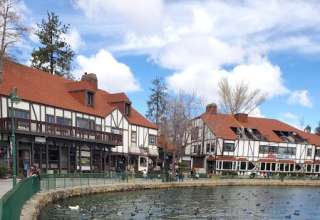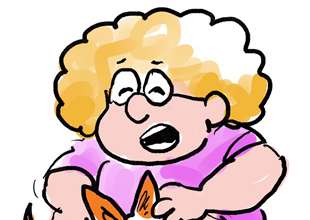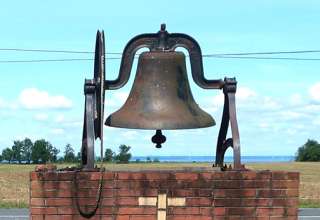Our people once numbered in the tens of thousands and lived along the coast of California. At one time, our territory encompassed 7,000 square miles that spanned from the beaches of Malibu to Paso Robles. The tribe also inhabited inland to the western edge of the San Joaquin Valley.
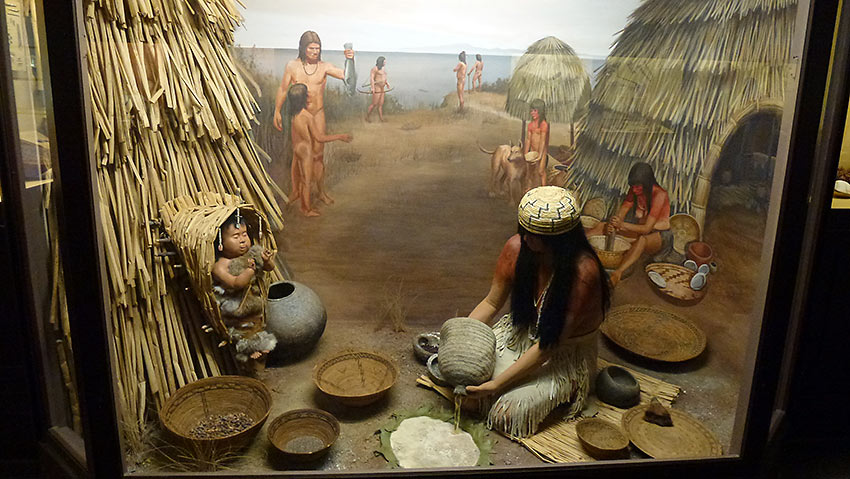
We called ourselves “the first people,” and pointed to the Pacific Ocean as our first home. Many elders today say that Chumash means “bead maker” or “seashell people.” The Chumash Indians were able to enjoy a more prosperous environment than most other tribes in California because we had resources from both the land and the sea.
As hunters, gatherers, and fishermen, our Chumash ancestors recognized their dependency on the world around them. Ceremonies soon came to mark the significant seasons that their lives were contingent upon with emphasis given to the fall harvest and the storage of food for the winter months. During the winter solstice, the shaman priests led several days of feasting and dancing to honor the power of their father, the Sun.
Our Chumash ancestors lived in large, dome-shaped homes that were made of willow branches. Whalebone was used for reinforcing and the roofs were composed of tulle mats. The interior rooms were partitioned for privacy by hanging reed mats from the ceiling. As many as 50 people could live in one house. With platform beds built above the ground, the Chumash used the area under the platforms to store personal belongings.
Our people distinguished themselves as the finest boat builders among the California Indians. Pulling the fallen Northern California redwood trunks and pieces of driftwood from the Santa Barbara Bay, our Chumash ancestors soon learned to seal the cracks between the boards of the large wooden plank canoes using the natural resource of tar. This unique and innovative form of transportation allowed them access to the scattered Chumash villages up and down the coastline and on the Channel Islands.
As the Chumash culture advanced with basketry, stone cookware, and the ability to harvest and store food, the villages became more permanent. The Chumash society became tiered and ranged from manual laborers to the skilled crafters, to the chiefs, and to the shaman priests. Women could serve equally as chiefs and priests. Chieftains, known as wots, were usually the richest, and, therefore, the most powerful. It was not uncommon for one chief to hold responsibility for several villages. The son or daughter could inherit this position of authority for the Chumash community when the chief died.
The Chumash villages were endowed with a shaman/astrologer. These gifted astronomers charted the heavens and then allowed the astrologers to interpret and help guide the people. The Chumash believed that the world was in a constant state of change, so decisions in the villages were made only after consulting the charts.
In the rolling hills of the coastline, our Chumash ancestors found caves to use for sacred religious ceremonies. The earliest Chumash Indians used charcoal for their drawings, but as our culture evolved, our ancestors colorfully decorated the caves using, red, orange, and yellow pigments. These colorful yet simple cave paintings included human figures and animal life. They used a technique of applying dots around the figures to make them more distinct. Many of the caves still exist today, protected by the National Parks system, and illustrate the spiritual bond the Chumash hold with our environment.
As with most Native American tribes, the Chumash history was passed down from generation to generation through stories and legends. Many of these stories were lost when the Chumash Indian population was all but decimated in the 1700s and 1800s by the Spanish mission system.
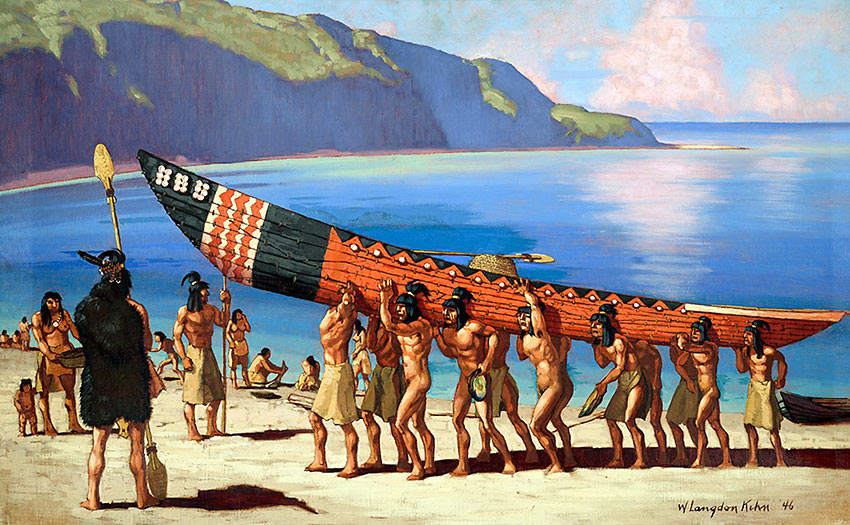
Development of Missions and the Central Coast
In 1769, a Spanish land expedition, led by Gaspar de Portola, left Baja California and reached the Santa Barbara Channel. In short order, five Spanish missions were established in Chumash territory. The Chumash population was eventually decimated, due largely to the introduction of European diseases. By 1831, the number of mission-registered Chumash numbered only 2,788, down from pre-Spanish population estimates of 22,000.
The modern day towns of Santa Barbara, Montecito, Summerland, and Carpinteria were carved out of the old Chumash territory. The town of Santa Barbara began with Spanish soldiers who were granted small parcels of land by their commanders upon retiring from military service. After mission secularization in 1834, lands formerly under mission control were given to Spanish families loyal to the Mexican government. Meanwhile, other large tracts were sold or given to prominent individuals as land grants. Mexican authorities failed to live up to their promises of distributing the remaining land among the surviving Chumash, causing further decline in the Chumash population.
By 1870, the region’s now dominant Anglo culture had begun to prosper economically. The Santa Barbara area established itself as a mecca for health seekers, and by the turn of the century it became a haven for wealthy tourists and movie stars. Around 1880, the region began to establish itself as an important hub of agriculture and horticulture. Most of the Chumash who remained in the area survived through menial work on area farms and ranches.
